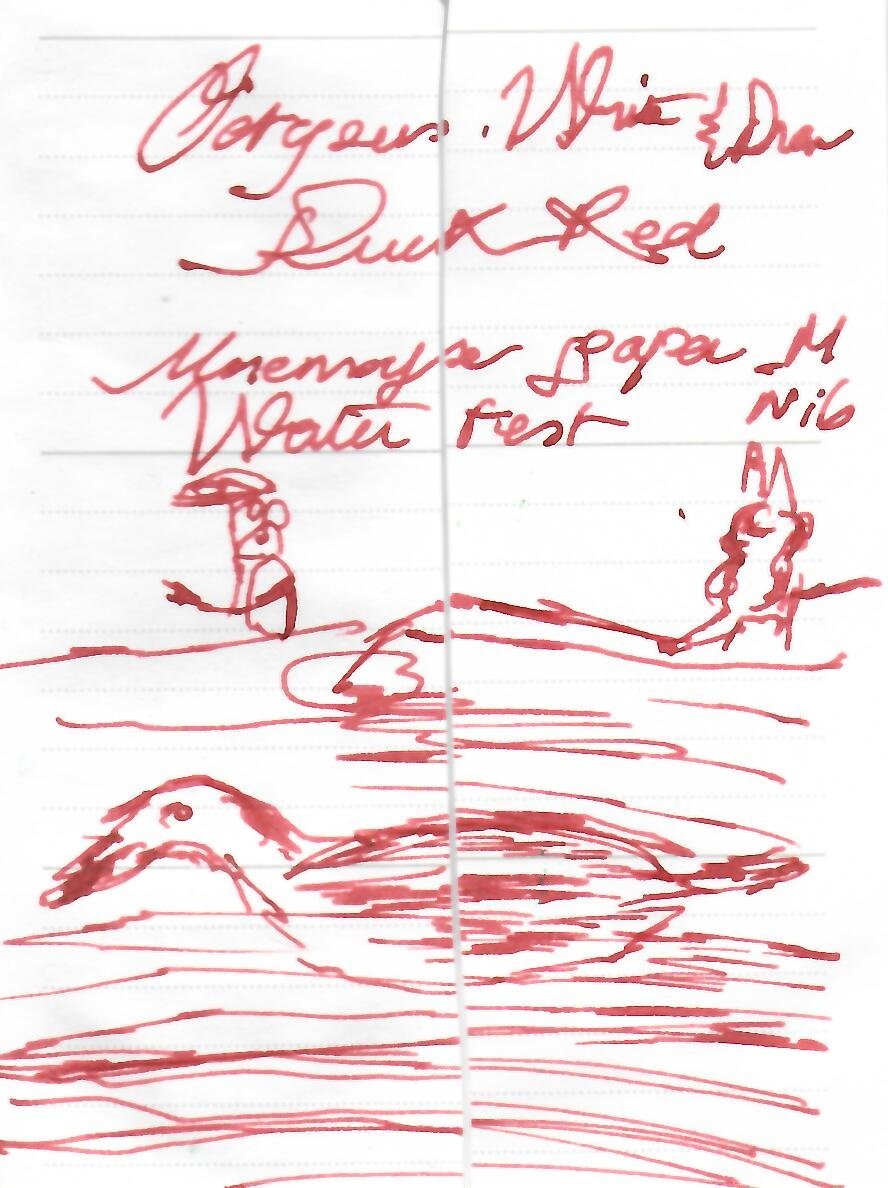Antique Pen Research.
-
Forum Statistics
354.7k
Total Topics4.6m
Total Posts -
Member Statistics
127,770
Total Members18,857
Most OnlineNewest Member
TomoBow
Joined -
Images
-
Albums
-
Dan Carmell
- By Dan Carmell,
- 0
- 0
- 8
-
1 -January-Feb 2025 reviews
- By yazeh,
- 0
- 0
- 47
-
One-Off Post Attachments 2
- By LizEF,
- 0
- 108
- 88
-
Extra Fine Nib Ink Reviews (19 of n)
- By LizEF,
- 0
- 54
- 54
-
Misfit’s photos
- By Misfit,
- 58
-

















.thumb.jpg.f07fa8de82f3c2bce9737ae64fbca314.jpg)



.thumb.jpg.331e554113c33fb39d5bf3233878978a.jpg)





Recommended Posts
Create an account or sign in to comment
You need to be a member in order to leave a comment
Create an account
Sign up for a new account in our community. It's easy!
Register a new accountSign in
Already have an account? Sign in here.
Sign In Now